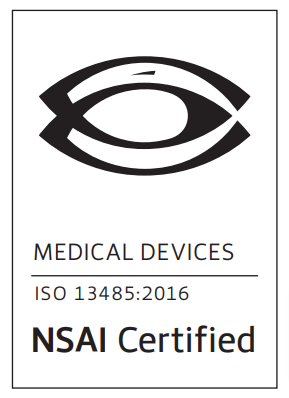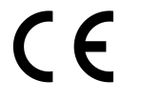Innovative product using shape sensing, with new patent
Introduction
NG tube insertion is one of the most practiced procedures in health care. For many years these tubes have been inserted, through the nose of the patient into the stomach, for different indications. In the emergency situation they are needed to suck the contents of the stomach in cases of intestinal obstruction, persistent vomiting, gastric dilatation or torsion, gastric outlet obstruction, upper GIT bleeding and in medical conditions as cerebrovascular accidents, or loss of consciousness due to any other reason to prevent aspiration of gastric contents into the lungs.
They are also used in feeding patients, who are not able to take diet, as in unconscious or anaesthetised patients or premature babies.
The problem with introducing these tubes is the significant possibility that they may go into the trachea, bronchi and lungs or curl up into the oesophagus. Giving feeds or irrigating the tubes may result in the fluid going to the lungs, aspiration, and this has a high level of mortality.
It is essential to confirm the position of the tube in the stomach before introducing feeding, irrigation or starting suction of gastric contents in the emergency situation to guarantee its effectiveness in treating the condition it is used for.
Many ways had been used to confirm the position of NG tubes, like using litmus paper to check the acidity of the sucked gastric contents, injecting air into the tube and listening to bubbling sounds (Whoosh test) over the stomach, using PH sensors or getting an X-ray of the abdomen. X-rays proved to the most reliable method, as it detects the X-ray marker in the tube. Many of these X-rays are difficult to interpret due to the faint lines and the presence of many other shadows made by other leads and tubes used on the patient. Over 5 years 74 cases reported with X ray misinterpretation causing 2 mortalities and 72 serious morbidities. Using PH sensors at the tip of the tube, may help, but costs are high and in patients on Proton pump Inhibitors PPIs, where the acid secretion is blocked, the readings are not going to be helpful. Many of these patients are put on PPIs as a routine.
It is strongly recommended that prior to every irrigation or introduction of any feeds to the patient, with already inserted tube, that an X-ray is obtained to confirm the position of the tube in the stomach. That means significant costs due to equipment and personnel, exposure to X-rays by the patients and staff frequently and the large amount of inconvenience to all involved.
The solution
The aim in this situation is to have a reliable system, which confidently informs the operator of the position of the NG tube and does not involve other complicated machinery, personnel or procedures. It has to be, also cost effective, as millions of these tubes are used every day around the world. The system has to be simple to interpret as these tubes are inserted usually by junior doctors and nurses and would also make them safe to be inserted by nurses in the community outside the Hospital settings.
Including too complicated electronics to measure the introduced part of the tube would affect the simplicity needed and costs. It would also add more pieces of equipment and may increase the possibility of spreading infections.
The invention
We propose to change the NG tube from a dependant structure on other equipment to inform the operator of its position and shape to a smart informative standalone tube in a simple system.
The first part of this invention is a sensor, which is included into the tube structure. The sensor will be able to inform the operator of any significant bend at the forward portion of the tube. This can be any type of sensor of any material, as, but not restricted to, ink bend sensor or fibre optic sensor.
The second part of this invention is clear colour segmentation of the tube, which correlates to the anatomy of naso or oropharynx and the bifurcation of the trachea at its lower end at the carina. As an example the most distal 35 cm of the tube would be divided to 15 and 20 cm segments. The distal 15 cm, nearer to the tip, would take the yellow colour. The sensor will show bends, while introducing this segment because it is bending in the nose and pharynx. If the bending increases and may be looping appears, the tube is curling in the mouth, nose or pharynx.
The second segment, 15-35 cm, would be coloured in red and if bends are produced, that means that the tube has gone into the trachea and started to go into one of the bronchi, either one is the same and the difference has no impact on the procedure as the tube has to be extracted from the trachea.
The third segment will be from 35-60 cm and would be coloured in green and any bends shown during introducing this part will mean the tube has started curving in the stomach. Extreme looping or curving would mean that the tube could be curling in the oesophagus above the gastroesophageal junction and needs to be extracted partially until straight, and then reintroduced.
Those two parts of the invention are linked and inseparable to provide a complete function. Depending on just line markings with different lengths written on the tube is confusing and would not serve, well, the function needed with the bend sensor as the latter’s data will be conveyed to a screen with electronic board, as explained in our previous patent application. The operator needs to look at both the tube, which is natural during the introduction procedure, and the screen, which is providing the graphics from the sensor. It would be difficult to read small numbers printed on the tube.







